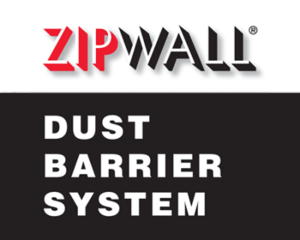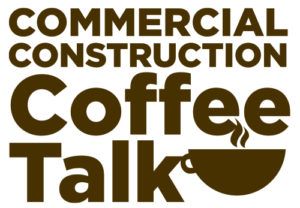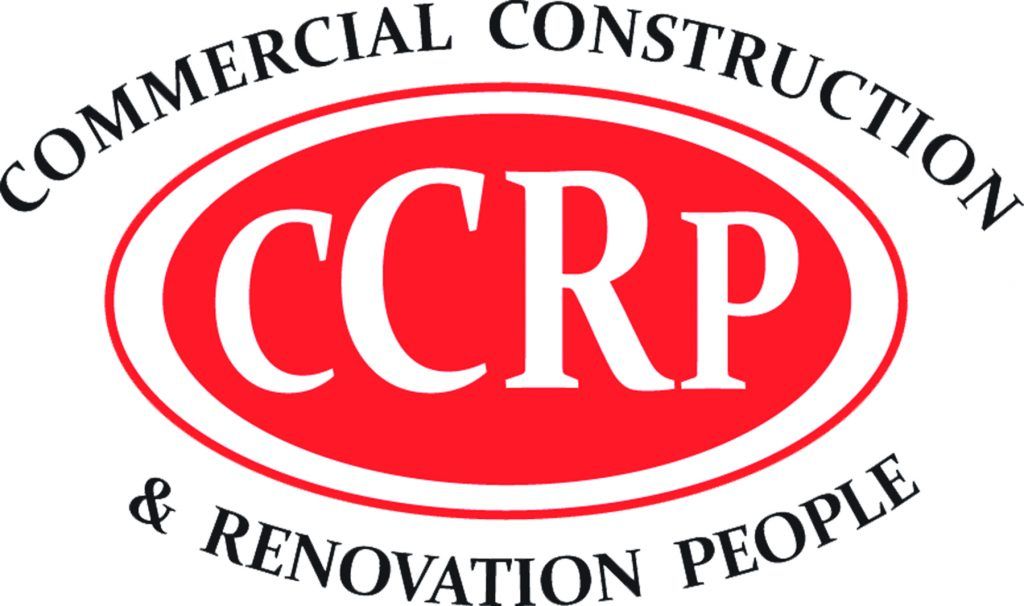A home’s plumbing system is more than just pipes and faucets—it’s the lifeline that keeps clean water flowing and waste properly disposed of. Most homeowners notice plumbing problems only when there’s a leak, clog, or strange noise, but many issues start unnoticed behind walls, under floors, or deep within pipes. Small, hidden problems can escalate into costly repairs if left unchecked.
This article explores six common plumbing issues that homeowners face, how to detect them early, and what steps to take before they turn into major disasters. While some fixes are simple, others require expert intervention. Knowing what to look for can save time, money, and frustration.
1. Slab Leaks
Slab leaks occur when pipes running beneath a home’s foundation develop leaks due to corrosion, shifting ground, or excessive water pressure. Since these pipes are hidden, slab leaks can go undetected for weeks or even months, causing major damage before they are noticed. Unexplained spikes in water bills, mold growth, damp or warm spots on floors, and a sudden drop in water pressure are common signs of a slab leak.
Slab leaks are serious and require immediate attention. Because they are located under the foundation, attempting a DIY fix is not an option. If left unaddressed, these leaks can weaken the foundation, cause cracks in walls and floors, and create an environment for mold growth. The best course of action is to call a professional plumber services like Hackler Plumbing. Hackler has experience fixing slab leaks, and their professionals ensure that they don’t just find the source of the leak but prevent it from happening again. Depending on the severity of the leak, solutions may include rerouting the pipes, epoxy pipe coating, or replacing the affected section entirely.
2. Dripping Faucets
A dripping faucet might not seem like a major issue, but it can waste gallons of water if you don’t get it fixed. Consequently, you’ll have to face rising water bills. Most often, the issue is caused by worn-out washers or O-rings inside the faucet. Over time, these rubber components degrade due to friction and water pressure, allowing water to seep through even when the faucet is turned off. Mineral buildup and corrosion can also contribute to the problem, especially if your home has hard water.
Ignoring a dripping faucet can lead to more than just wasted water. The constant moisture can stain sinks, cause mold growth, and even lead to structural damage if water seeps into surrounding areas. Fixing a leaky faucet is usually a straightforward process. In most cases, replacing the washer or O-ring solves the problem. If the valve seat inside the faucet is corroded, it may need professional attention.
3. Low Water Pressure
Low water pressure can make daily tasks like showering and washing dishes frustrating. Many homeowners assume it’s just a municipal water supply issue, but the cause is often within the plumbing system itself. Mineral buildup in pipes, leaks, faulty pressure regulators, and partially closed shutoff valves can all contribute to weak water flow.
If only one fixture has low pressure, the issue is likely with the faucet aerator or showerhead. Over time, minerals from hard water accumulate in these components, restricting water flow. Cleaning or replacing the aerator is usually enough to restore normal pressure. If the problem is affecting multiple fixtures, the issue could be a hidden leak or a malfunctioning pressure regulator. A sudden drop in water pressure should never be ignored, as it could indicate a serious leak that needs professional attention.
4. Slow or Clogged Drains
A slow-draining sink or bathtub is often caused by a buildup of debris, including hair, soap scum, grease, and food particles. Over time, these substances accumulate along the walls of the pipes, narrowing the passage and restricting water flow. While a slow drain may not seem urgent, it can develop into a complete blockage if not addressed.
The best way to clear a slow drain is by using a plunger or a drain snake. These tools can dislodge minor clogs before they become major obstructions. A mixture of hot water, baking soda, and vinegar can also help break down buildup. However, chemical drain cleaners should be avoided, as they can corrode pipes and cause long-term damage.
5. Burst Pipes
A burst pipe can cause severe water damage in a short amount of time. This issue is most common in colder climates, where water inside pipes can freeze and expand, causing the pipe to crack or rupture. However, excessive water pressure, corrosion, or physical damage can also lead to pipe bursts.
One of the first signs of a burst pipe is a sudden drop in water pressure. Homeowners might also notice water stains on walls or ceilings, pools of water where they shouldn’t be, or strange noises coming from the pipes. If a pipe bursts, shutting off the main water supply immediately can help minimize damage. After that, it’s crucial to call a plumber to replace the damaged pipe.
6. Sewer Line Backups
A sewer line backup is one of the worst plumbing problems a homeowner can face. When the main sewer line gets blocked, wastewater has nowhere to go and can start backing up into sinks, bathtubs, and toilets. This is not only a messy situation but also a health hazard due to bacteria and foul odors.
Tree roots growing into the pipes, grease buildup, or a collapsed sewer line are common causes of backups. Warning signs include multiple drains clogging at the same time, gurgling sounds from the toilet, and sewage smells coming from drains. Avoiding grease disposal down the drain and flushing only toilet paper can help prevent blockages. If a sewer backup occurs, professional intervention is necessary. A plumber may use a camera inspection to locate the blockage and employ hydro-jetting or trenchless repair techniques to fix the problem.
Plumbing issues range from minor annoyances to serious emergencies, but knowing how to detect and address them early can save homeowners from costly repairs. Problems like dripping faucets and slow drains can often be managed with simple maintenance, while more severe issues like sewer backups and slab leaks require professional assistance. Regular inspections, preventative measures, and quick action when issues arise can help maintain a reliable plumbing system. By staying informed and proactive, homeowners can prevent small plumbing problems from turning into major disasters.

























